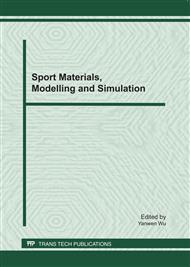p.480
p.483
p.487
p.492
p.498
p.504
p.510
p.516
p.522
Research on Relationship between Industrial Characteristics and Innovation Capability: Evidence from Chinese High-Tech Industries
Abstract:
For the studies on the innovation capability, there are many limitations in using traditional statistical techniques. The grey system theory proposed in this paper is to supplement the limitations of using traditional techniques and it is more suitable to figure out the relationship between industrial characteristics and innovation capability within Chinese high-tech industries. Based on the statistical data from Chinese high-tech industries, over the period 2006-2008, this paper used fifteen indicators affecting the innovation capability and seven indicators related to industrial characteristics. Firstly, this paper applied grey relational analysis to find the significant factors and other indicators affecting innovation capability within Chinese high-tech industries. Secondly, it applied grey decision-making method to arrange the innovation capability of Chinese high-tech industries in order. Finally, this paper used GM (0,N) model to analyze the relationship between the seven variables of industrial characteristics and innovation capability within Chinese high-tech industries as the results.
Info:
Periodical:
Pages:
498-503
Citation:
Online since:
February 2011
Authors:
Price:
Сopyright:
© 2011 Trans Tech Publications Ltd. All Rights Reserved
Share:
Citation:


